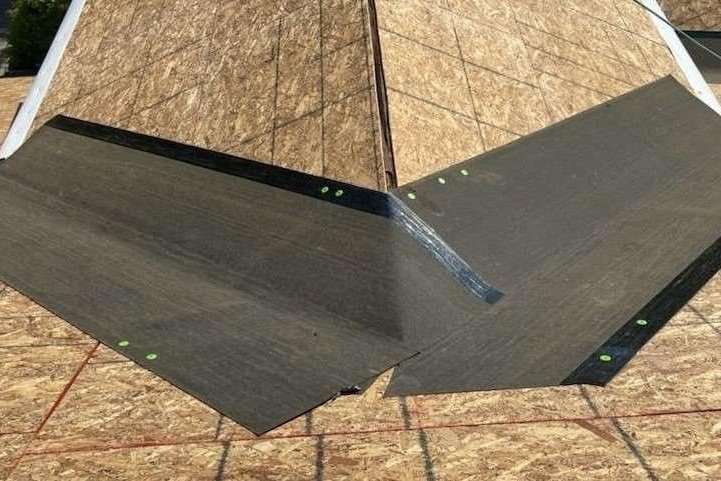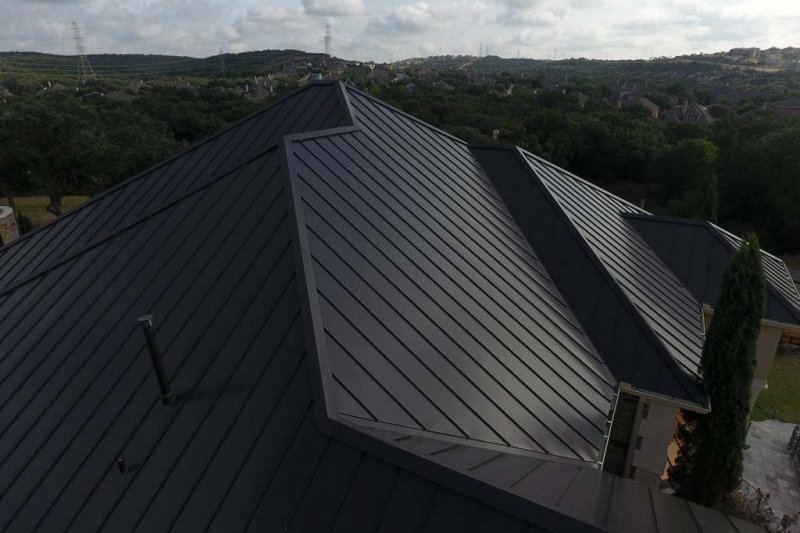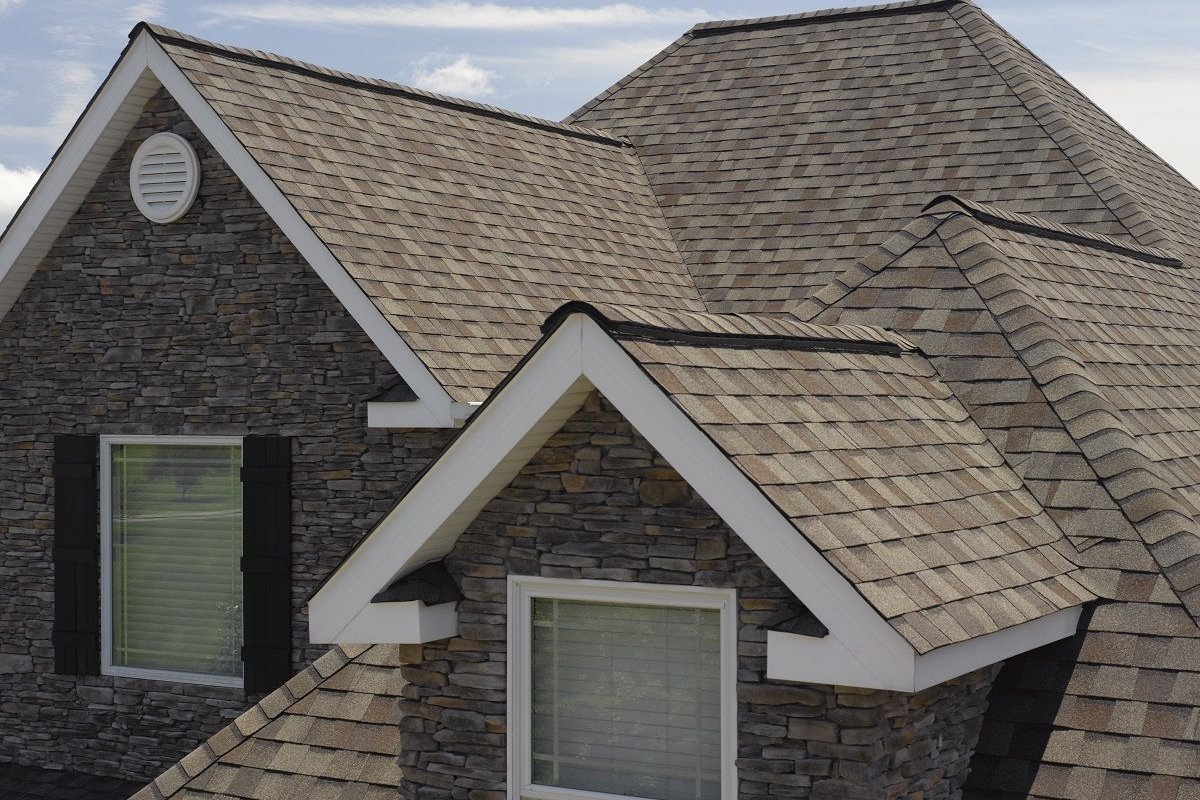Environmental Benefits of Rain Barrels with Gutter Systems in Vernonia, Oregon
Homeowners are increasingly looking for ways to make their properties more sustainable and environmentally friendly. One simple yet impactful method is integrating rain barrels with an existing gutter system. This practice, known as rainwater harvesting, offers a multitude of benefits, particularly for residents in areas like Vernonia, Oregon, where managing water resources and protecting local ecosystems are important considerations. By collecting rainwater that falls on your roof, you can reduce your reliance on treated municipal water, mitigate the negative effects of stormwater runoff, and gain access to a free, natural water source for various non-potable uses around your property.
Understanding Rainwater Harvesting and Your Gutters
At its core, rainwater harvesting is the process of collecting precipitation that falls on surfaces, most commonly rooftops. A properly functioning roof and gutter system is the primary infrastructure needed to channel this water effectively. Gutters, installed along the eaves of the roof, catch the water as it runs off the shingles or other roofing material. This water then flows through sloped channels towards downspouts, which direct the water away from the foundation of the house.
Traditionally, downspouts simply release water onto the ground, into a splash block, or sometimes into underground drainage systems. However, by redirecting one or more downspouts to a rain barrel or a series of barrels, homeowners can capture and store this valuable resource instead of letting it flow away. This simple modification transforms a standard water drainage system into a basic rainwater harvesting setup, ready to provide numerous environmental advantages. The efficiency of this system depends heavily on the condition of your roof and gutters, as leaks or blockages can hinder water collection.
If you're considering rainwater harvesting and want to ensure your roof and gutter system are in good condition to support it, you can get a quick assessment.
Get your free instant roof estimate
Core Environmental Benefits: Water Conservation
One of the most immediate and tangible benefits of using rain barrels is the significant conservation of potable (drinking) water. Municipal water systems treat water to make it safe for consumption, a process that requires considerable energy and resources. By collecting rainwater, you reduce your household's demand on this treated supply, especially for outdoor tasks where potable water isn't necessary.
Think about how much water is used for watering gardens, lawns, washing cars, or cleaning outdoor surfaces. All these activities typically use water that has been chemically treated and pumped, incurring costs both financially and environmentally. Rain barrels provide a readily available alternative. A single rain event can fill one or more barrels, providing dozens or even hundreds of gallons of water that would otherwise come from the tap.
Reducing reliance on municipal water has several layers of environmental benefit. First, it directly conserves the water source itself – rivers, lakes, or groundwater aquifers. While the Pacific Northwest receives ample rain, water resources are not infinite, and conservation remains a key part of sustainable living. Second, the energy required to pump water from its source, treat it, and distribute it through miles of pipes is substantial. Using rainwater bypasses this energy-intensive process, lowering your carbon footprint. Third, during peak demand periods, often in the summer when outdoor watering is common, reducing your use of municipal water helps ease the strain on the public water supply infrastructure.
Using rainwater for irrigation is particularly beneficial for plants. Unlike municipal water, which often contains chlorine and other chemicals used for purification, rainwater is naturally soft and free of these additives. Plants generally thrive when watered with rainwater, as it doesn't build up salts or chemicals in the soil that can occur with treated water over time. This can lead to healthier plants and potentially reduce the need for certain soil amendments.
Furthermore, conserving municipal water can also lead to lower water bills. While the initial cost is the rain barrel itself and connection hardware, the water collected is free. Over time, especially for households with significant outdoor water usage, the savings on water bills can be substantial, providing a financial incentive alongside the environmental ones.
To maximize water conservation, homeowners can link multiple rain barrels together or connect them to larger cisterns, significantly increasing storage capacity. This allows for more extensive watering or use during drier periods. Planning for the size of your collection system based on your roof area and water needs is key to optimizing this benefit.
Core Environmental Benefits: Stormwater Management
Perhaps even more critical from a community and ecosystem perspective are the benefits of rain barrels in managing stormwater runoff. When rain falls on impervious surfaces like roofs, driveways, and sidewalks, it cannot soak into the ground naturally. Instead, it runs off rapidly, picking up pollutants along the way. This fast-moving water, known as stormwater runoff, poses several environmental threats.
In urban and suburban areas, stormwater runoff is a major source of water pollution. As it flows across roofs and yards, it collects debris (leaves, dirt), chemicals (fertilizers, pesticides, herbicides), oil and grease from driveways, pet waste, and other pollutants. This contaminated water is then typically channeled into storm drains, which often empty directly into local rivers, streams, and lakes without treatment. This introduces harmful substances into aquatic ecosystems, harming fish and other wildlife, degrading water quality, and potentially impacting sources of drinking water downstream. For residents in Vernonia, Oregon, protecting the health of local waterways like the Nehalem River and its tributaries is vital for the community and the natural environment.
Rapid stormwater runoff also causes erosion. The sheer volume and speed of the water can wash away topsoil, carve out stream banks, and contribute to sedimentation in waterways. Sedimentation can smother aquatic habitats and reduce the capacity of drainage systems. By capturing rainwater in barrels, you significantly reduce the volume of water that becomes runoff from your property during a rain event. This slows down the overall flow of water into storm drains and natural waterways, mitigating erosion and reducing the amount of pollutants carried into sensitive ecosystems.
Furthermore, large volumes of stormwater can overwhelm municipal storm drain systems, leading to localized flooding. While rain barrels won't prevent major floods, they can help manage smaller, more frequent rain events by temporarily holding water that would otherwise contribute to the surge in the drainage system. This distributed approach to stormwater management, where individual properties manage their runoff, collectively contributes to reducing the burden on public infrastructure and lowering the risk of street flooding.
Installing rain barrels is a form of "green infrastructure" or "low impact development" (LID). These practices mimic natural processes to manage stormwater close to its source, rather than relying solely on traditional "grey infrastructure" like pipes and drains. By implementing LID techniques like rain barrels, homeowners play an active role in protecting local water quality and reducing the environmental impact of their property. This is particularly relevant in communities situated near rivers or sensitive natural areas, helping to preserve the beauty and health of the local landscape in and around Vernonia.
If you notice issues with your gutters overflowing or directing water poorly, which could impact both stormwater management and your ability to collect rainwater, it might be time for a professional assessment.
Address gutter issues and plan your rainwater system effectively.
Book a roofing appointment
Additional Environmental Benefits
Beyond the primary benefits of water conservation and stormwater management, rain barrels offer several other environmental advantages:
- Reduced Foundation Stress: By directing water away from your home's foundation via downspouts and then capturing it, rain barrels help prevent excess water from pooling around the base of your house. While overflow management is crucial (water must be directed away from the foundation once the barrel is full), the initial capture reduces the volume of water saturating the soil near your home, potentially preventing foundation issues caused by expansion and contraction of wet soil.
- Recharging Local Water Tables: While most collected rainwater is used for irrigation or other purposes, any overflow, when properly directed to permeable areas like lawns or gardens (away from the foundation), allows water to slowly soak into the ground. This process helps to recharge local groundwater tables, contributing to the overall health of the regional water supply.
- Support for Sustainable Landscaping: Using rainwater promotes sustainable landscaping practices. It encourages gardening with less reliance on treated water, supports the use of native plants adapted to local rainfall patterns, and can be part of a larger strategy to create a rain garden or other features that manage water on-site.
Integrating Rain Barrels with Your Gutter System
Integrating a rain barrel into your existing gutter system is typically a straightforward process. The most common method involves connecting a rain barrel to a downspout.
- Select a Downspout: Choose a downspout that is conveniently located for water collection and usage, and ideally one that currently directs water towards an area where runoff management is important (e.g., near a garden, or where water tends to pool).
- Position the Barrel: Place the rain barrel on a sturdy, level surface next to the selected downspout. The base should be elevated slightly (using bricks, concrete blocks, or a dedicated stand) to allow gravity flow when using a spigot or connecting a hose at the bottom.
- Connect the Downspout: There are a few ways to connect the downspout:
- Direct Connection: Cut the downspout above the height of the rain barrel and attach an elbow to direct water into the barrel opening. The barrel must have an overflow mechanism.
- Downspout Diverter: Install a diverter kit into the downspout. This allows you to flip a lever or cap to either send water into the barrel or let it continue down the original downspout path. Diverters often include a hose that connects to an inlet on the barrel. This is often preferred as it allows you to easily switch back to the original drainage path when the barrel is full or during winter.
- Install Overflow: This is a critical step. Every rain barrel must have an overflow mechanism to handle excess water once the barrel is full. This prevents water from backing up the downspout or overflowing the top of the barrel and potentially damaging your foundation. The overflow hose or pipe should direct water safely away from the house, ideally to another rain barrel, a rain garden, or a permeable area at a safe distance.
- Install Screen: Ensure the barrel opening where water enters has a screen (like window screen material) to prevent leaves, debris, and mosquitoes from entering the barrel.
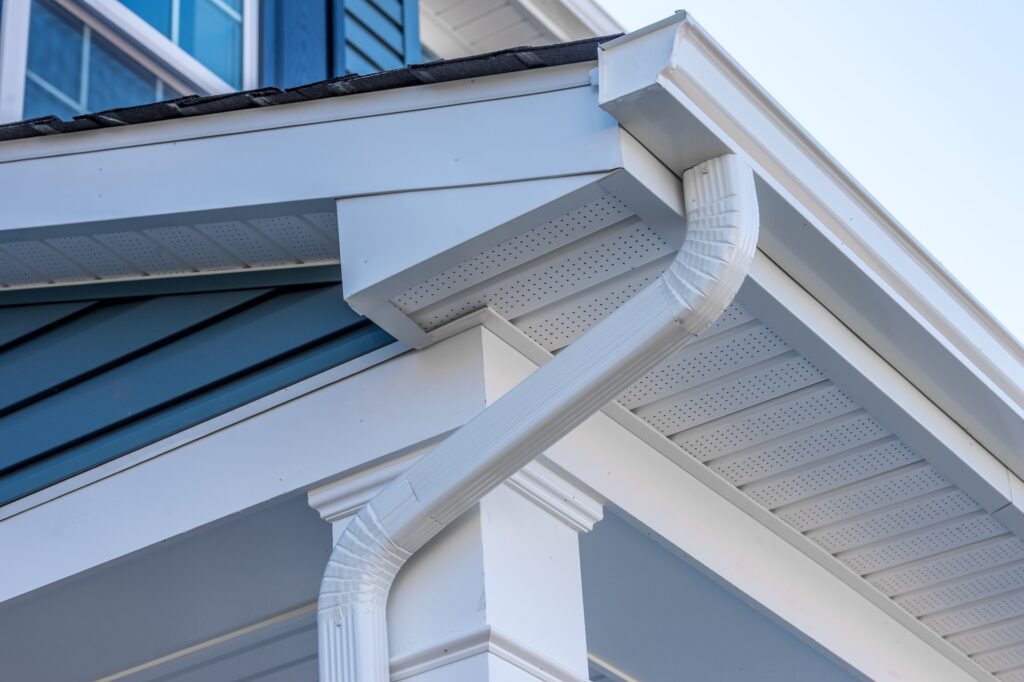
Seamless gutters are effective at channeling water from the roof to downspouts, making them ideal for integration with rain barrel systems.
Installation Considerations
While the process is relatively simple, keep these considerations in mind:
- Location: Choose a location that is level, stable, and convenient for accessing the collected water. Ensure it's close enough to a downspout.
- Foundation Protection: Always ensure the overflow is directed well away from your home's foundation. Pooling water near the foundation can cause significant structural damage over time.
- Weight: A full 55-gallon rain barrel weighs over 400 pounds. Ensure the surface you place it on, and any stand you use, can safely support this weight.
- Multiple Barrels: For larger roofs or greater water needs, connect multiple barrels in a series. Water fills the first barrel, then overflows into the second, and so on, with the final barrel having the overflow directed away from the house.
- Local Regulations: While generally encouraged, it's wise to check if there are any local ordinances or guidelines regarding rainwater harvesting systems in Vernonia or your specific area, although restrictions are uncommon for small residential setups.
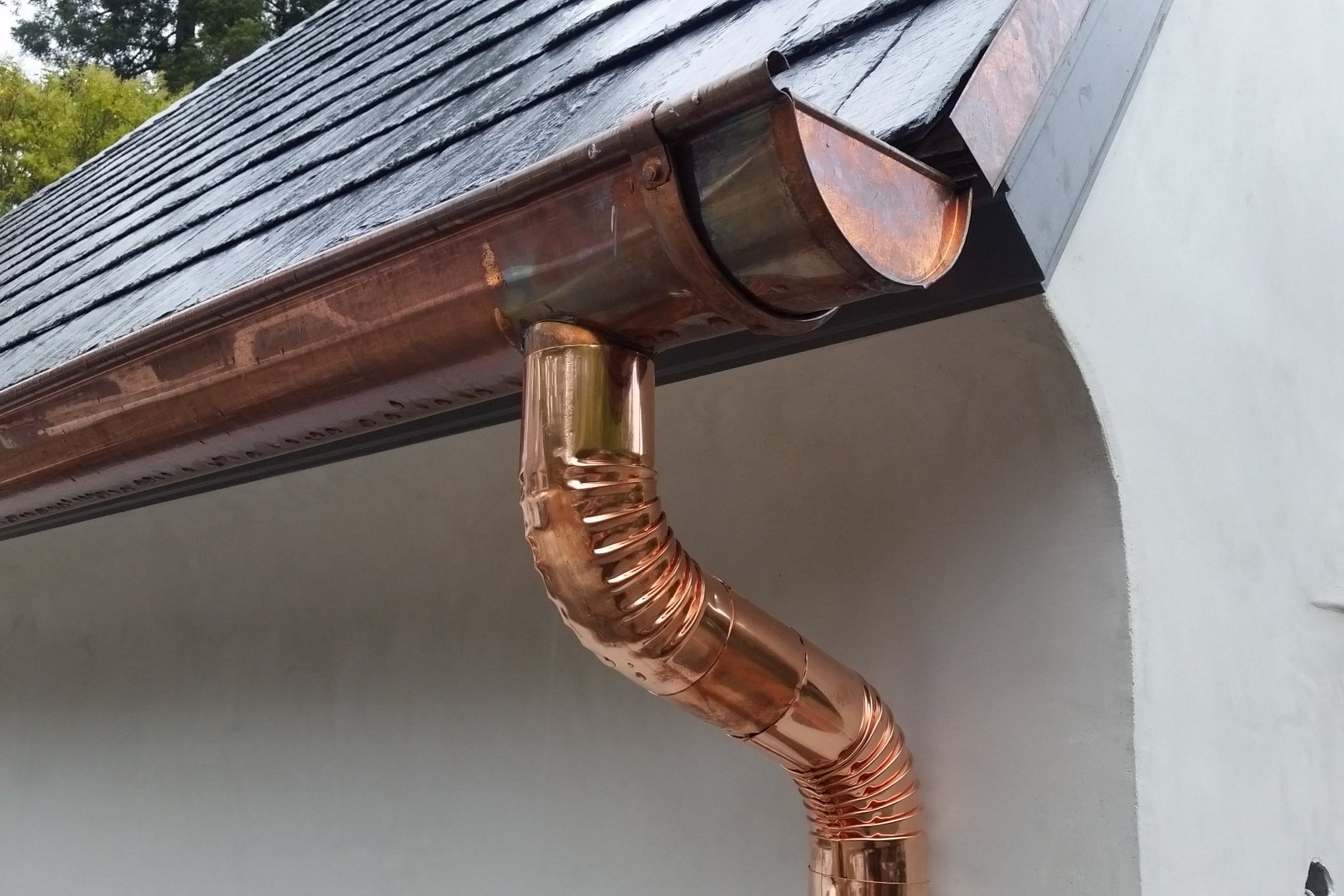
Downspouts are the connection point for rain barrels, channeling water efficiently from the gutter system.
Maintenance for Optimal Performance
Regular maintenance is key to ensuring your rain barrel system functions effectively and safely.
- Keep Gutters Clean: Since rain barrels collect water from your gutters, it's essential to keep your gutters clean of leaves, twigs, and other debris. Clogged gutters mean less water reaches your barrel and can lead to overflow and potential fascia damage.
- Check Screens: Regularly check the screen on your rain barrel's inlet to ensure it's not clogged with debris. A clogged screen will prevent water from entering the barrel.
- Prevent Mosquitoes: Standing water can be a breeding ground for mosquitoes. The inlet screen helps, but also ensure lids are secure and spigots don't leak. You can also add a small amount of vegetable oil or a mosquito dunk (a biological larvicide safe for water used on non-food plants) to the water.
- Check for Leaks: Periodically inspect the barrel, spigot, and connections for any leaks.
- Winterization: In climates like Oregon with freezing temperatures, rain barrels need to be drained and disconnected for the winter. Freezing water expands and can crack the barrel. Disconnect the downspout diverter (if used) or reconnect the downspout, drain the barrel completely, and store it upside down or in a shed until spring.
Proper maintenance of your entire gutter system, including regular cleaning, is vital not only for rain barrel functionality but also for protecting your home from water damage.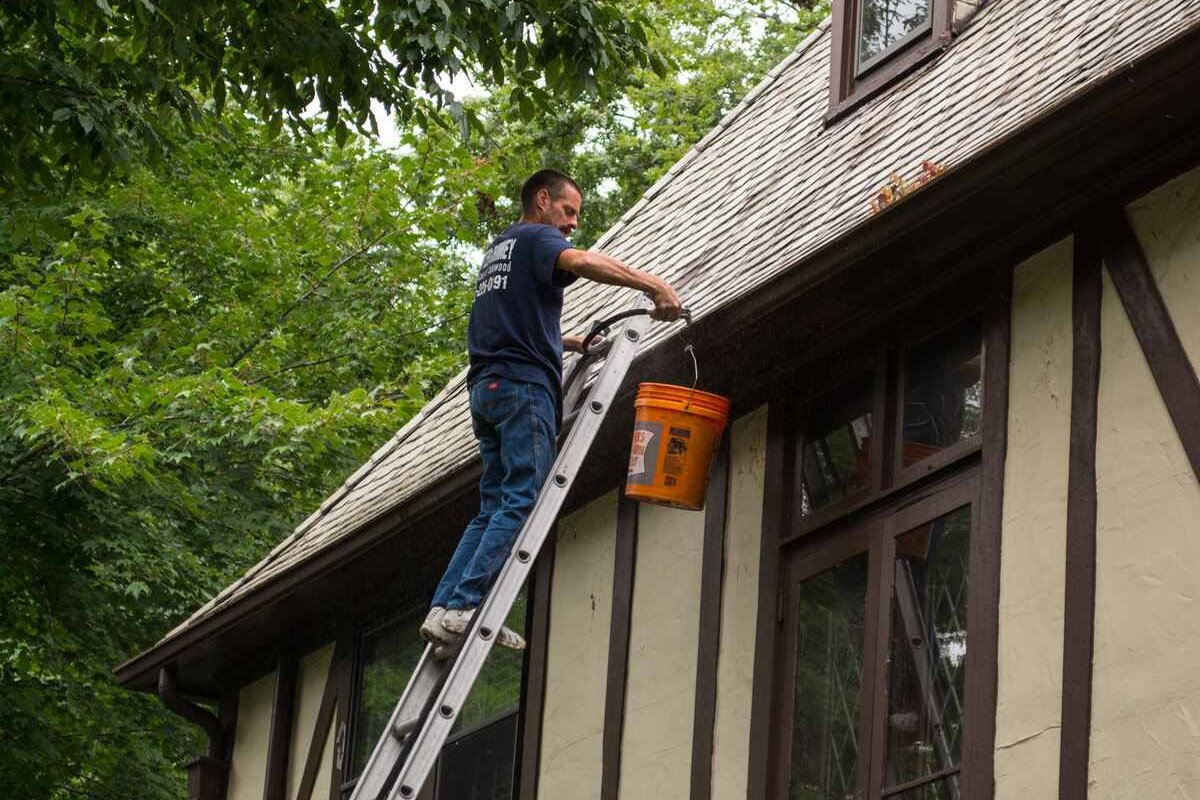
Regular gutter cleaning is essential maintenance for both your home's structure and the effective operation of a rain barrel system.
Addressing Potential Challenges
While the benefits are clear, it's important to be aware of potential challenges:
- Weight: As mentioned, full barrels are heavy. Plan placement carefully.
- Overflow: Inadequate overflow planning can lead to water pooling near the foundation, defeating one of the system's purposes. Always ensure overflow is directed away from the house.
- Mosquitoes: This is manageable with screens and simple treatments but requires attention.
- Limited Supply: Rain barrels only store a finite amount of water. During dry spells, you will still need to rely on other water sources. They are best seen as a supplement, not a complete replacement, for other water sources.
FAQ: Environmental Benefits of Rain Barrels
Q: What are the environmental benefits of installing a rain barrel with my gutter system?
A: Rain barrels offer several eco-friendly advantages: 1) Conservation of potable water by collecting rainwater for garden use, reducing reliance on treated municipal supplies. 2) Reduction of stormwater runoff, which can carry pollutants into local waterways and cause erosion. 3) Decreased water bills from using collected rainwater for landscaping. 4) Potential mitigation of erosion around your home's foundation. 5) Provision of naturally soft water for plants, free from treatment chemicals harmful to soil and plant health. When properly integrated with your gutter system, a rain barrel can be an excellent way to practice environmental stewardship at home.
A Sustainable Choice for Your Home
Embracing rainwater harvesting by connecting rain barrels to your gutter system is a powerful step towards environmental sustainability. It’s a practice that benefits not only your household through water bill savings and healthier plants but also contributes significantly to the health of your local environment, especially in areas like Vernonia, Oregon. By conserving treated water, reducing polluted stormwater runoff, and protecting waterways, you play a vital role in preserving natural resources for future generations. It's a relatively simple home improvement with far-reaching positive impacts, demonstrating that small changes on individual properties can collectively lead to significant environmental improvements.
